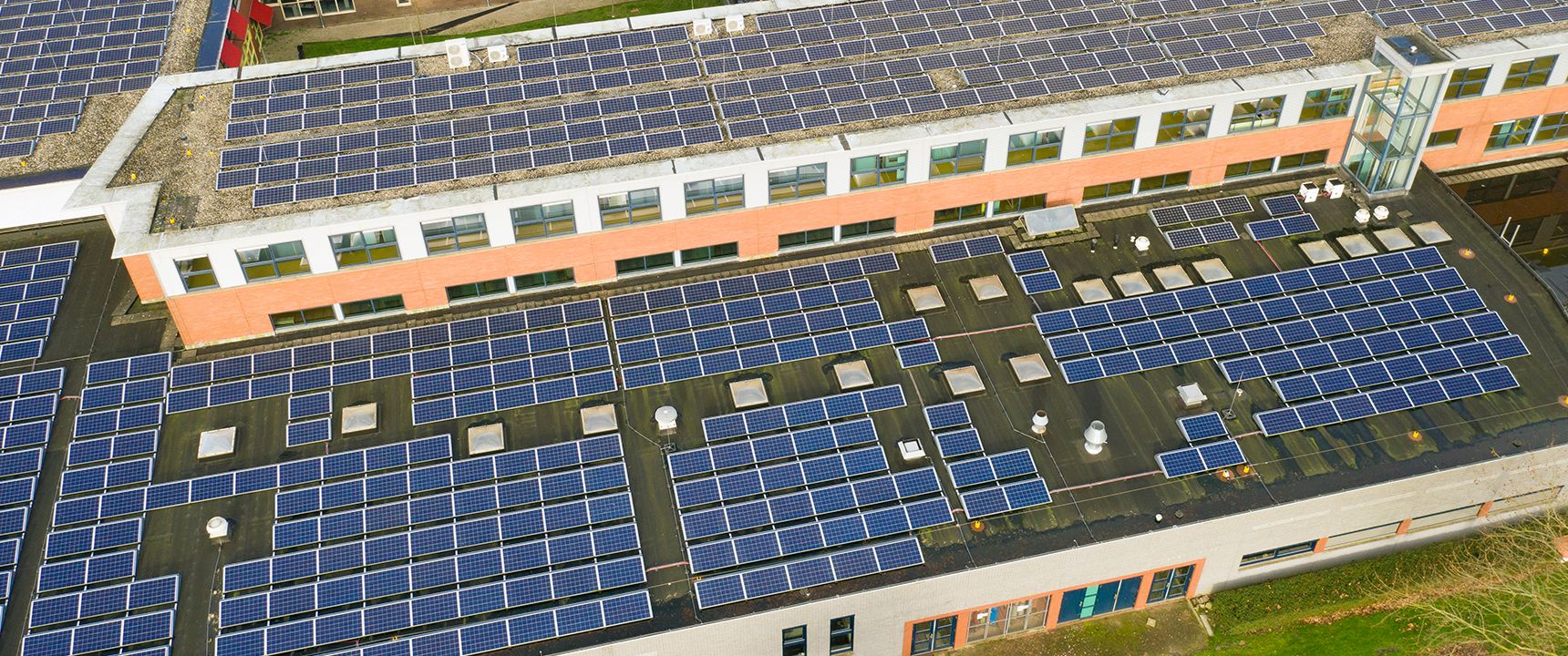
A School’s Solar Liability—What Happens When the Owner Disappears - A school’s rooftop solar panel system became a serious liability. Learn how ownership gaps and oversight failures create risks across the solar industry.
The Setup
Over a decade ago, a public school partnered with a solar contractor to install a rooftop solar panel system. The system was owned by a third party through a long-term agreement — a common structure in the solar industry at the time.
For the school, this solar installation wasn’t about profits. It was about doing the right thing: reducing electricity costs, supporting renewable energy, and modeling sustainability for students and the community.
The panels were installed. The system was energized. For a while, everything worked.
But no one was watching.
The Problem
Years passed. The original solar contractor changed names — maybe merged, maybe went bankrupt. No one at the school knew for sure. The power still flowed on most days, but there was no active monitoring, no updates, and no one to call when questions arose.
Then one day, a fire broke out on the roof. First responders hesitated — they weren’t sure how to safely interact with the live solar panel array.
When the administration tried to contact the solar installation owner, the lines were disconnected. Emails bounced. There was no clear record of who owned the system or who was responsible for repairs.
The school wasn’t a solar expert. It was a school.Now it was facing a fire hazard it didn’t control, couldn’t shut off, and didn’t have the resources to manage.
This Isn’t Unique
Do Good Energy sees this kind of scenario all the time — and it’s becoming a growing exposure for the insurance industry, school districts, and municipalities.
Common patterns include:
- Solar contractors disappear or sell off assets
- Ownership of the solar power system becomes unclear
- Systems age without maintenance or documentation
- Risks build quietly — until something goes wrong
The result? Liability. Not for the installer, not for the now-defunct ownership entity — but for the school that happens to have a burning system on its rooftop.
Where We Come In
At Do Good Energy, we specialize in identifying solar liability risks hiding in plain sight.
In situations like this, real protection and recovery would mean:
- Auditing the original solar installation and ownership records
- Clarifying responsibility through documentation recovery or acquisition
- Recommissioning or decommissioning unsafe systems
- Working with the school’s insurer to understand risk exposure and compliance
- Restoring safe, functional systems that deliver reliable solar power without the liability
These are the kinds of outcomes our team focuses on — not just restoring power, but removing uncertainty.
Why It Matters
For many public institutions, solar was never about maximizing profits. It was about reducing operational costs and investing in renewable energy as a public good.
But as systems age, and solar contractors vanish or consolidate, the liability quietly shifts. Roofs become risky. Systems drift into noncompliance. Fires, lawsuits, and failed inspections follow.
These aren’t just performance problems. They’re legal, financial, and reputational risks.
And in some cases, they’re uninsurable.Especially as insurers start paying more attention to solar liability as an emerging risk category.
What We Do
At Do Good Energy, we help schools, municipalities, and commercial property owners identify, assess, and resolve solar liability risks before they become crises.
We don't just install. We step in when the system is old, the contractor is gone, and no one knows what happens next.
Whether it’s repowering a neglected array, safely decommissioning a failed solar installation, or assuming ownership of a broken project, we’re the people who show up when everyone else has disappeared.